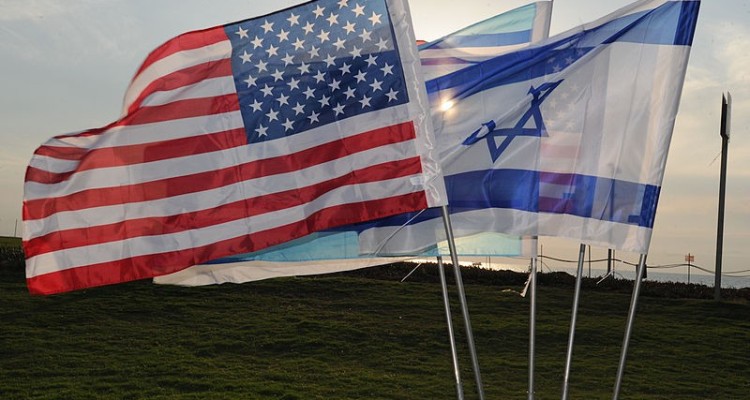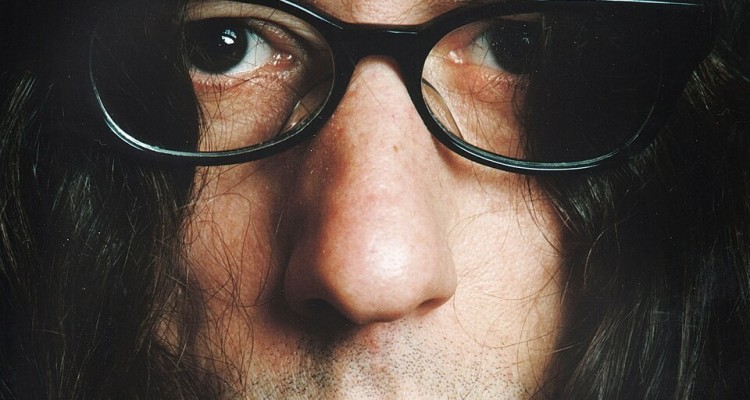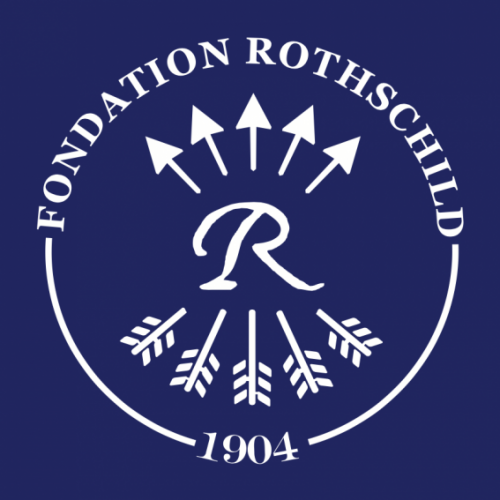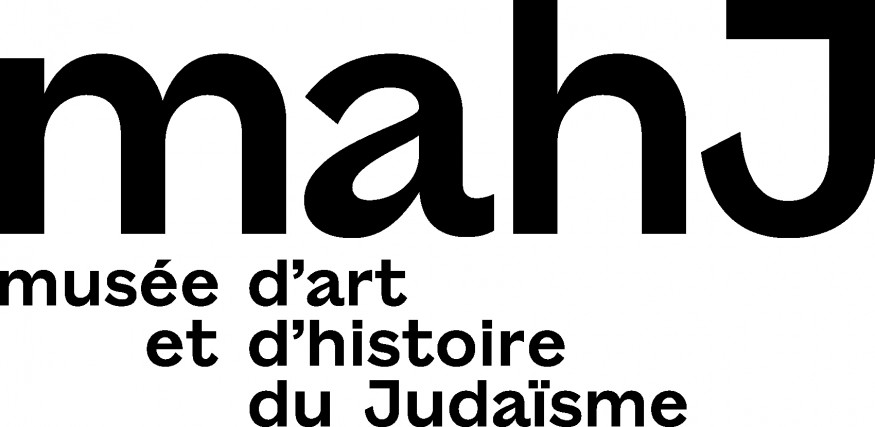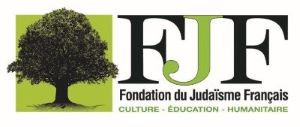In his first column for K – in partnership with Akadem – , Rudy Reichstadt, director of the Conspiracy Watch website, reminded us of the constancy with which anti-Semitism marks out contemporary conspiracy ‘culture’. This week he returns to the growing presence of the yellow star in demonstrations (against the vaccine, against health restrictions linked to Covid, etc.). There is indeed something striking in the overview he gives us of the trivialization of such a symbol, as available for all sorts of causes. An instrumentalization that testifies both to a pathology of the memory of the Holocaust and to a crisis of the rhetoric of protest.
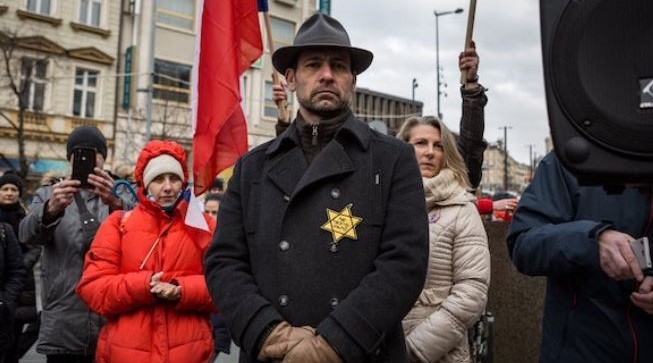
“In June 1942, a German officer walks up to a young man and says, “Excuse me, sir, where is the Place de l’Étoile?” The young man points to the left side of his chest. (Jewish history.)”
Patrick Modiano, La place de l’étoile, Gallimard, 1968
Meditating on the unfathomable nature of the Holocaust, the historian Alain Besançon wonders: “Why compromise the war effort, spend money, tie up transport, mobilize men to go and find a little Jewish girl in the attic where she is hiding in order to make her die?” Because it evades all rationality, because it belongs to a category of acts that constitutes “a negative exception to the known laws of nature” [1], the extermination of the Jews has haunted the historical consciousness of the “free world” since 1945. The Shoah is not only the best-known genocide of the twentieth century – opinion polls attest to this – but also one of the events that almost the entire world has already heard about. It has acquired a paradigmatic value and rapidly imposed itself after the end of the Second World War as a kind of climax of radical evil.
The guardians of its memory must, however, agree that the exceptional, universal notoriety of the Shoah must be dissociated from genuine knowledge about it. For this notoriety ends up working against knowledge itself, in that it confers the impression that one already knows a great deal about the Holocaust – at least enough not to need to know more.
The intellectual humility thus suspended authorizes the most unexpected captures of memory as much as the most inept symbolic distortion. The radical critique of capitalism, the opposition to abortion, the fight against immigration, the denunciation of police violence, the animal rights cause and several forms of conspiracy have in turn given in this kind of abuse.
Thus, on April 24, 2021, two individuals participating in a Covid-skeptic demonstration in London displayed on their chests a six-pointed yellow star with the words “NO COVID Certificates” in its center.
On the same day, in Noumea, in the French territory of New Calendonia, a demonstration against the health pass was organized, again using the yellow star sign, drawing public disapproval from the the island collectivity’s High Commissioner of the Republic.
For the past year, all over Europe, the symbol has flourished on clothing, montages or signs and sometimes replaces a profile picture on Twitter or Facebook. In Prague, Berlin, Munich, Paris or Avignon, stars of David imitating those that Jews were forced to wear during the Occupation have multiplied. With, instead of the word “Jew”, the words “unvaccinated” or “without vaccine”.
“1939 or 2019 JEWISH or YELLOW VEST, IT’S THE SAME FIGHT FOR LIFE” could be read on February 3, 2019 in a tweet juxtaposing a Star of David and a Yellow Vest. A few days later, the Association of Gilets Jaunes Vosges 88 proposed “to all Gilets jaunes to wear a miniature yellow vest on their “civilian” clothes […] We will thus show the whole world that in France the Gilets jaunes are discriminated against as were our brothers of the Jewish faith during the last war […]”
On November 10, 2019, on the occasion of the “march against Islamophobia” in Paris, the Green politician Esther Benbassa posted on Twitter a photo of her surrounded by six people (including a little girl) each displaying a yellow star bearing the inscription “Muslim”.
A year later, Shireen Mazari, Pakistan’s minister of human rights, accused Emmanuel Macron of “doing to Muslims what the Nazis did to Jews,” relaying the false information – also picked up by a Washington Post editorialist – that “Muslim children will have to have an identification number, just as Jews were forced to wear the yellow star on their clothes to be identified. “
In January 2020, a Polish MEP campaigning against animal suffering shared a drawing on Twitter of cows walking to the slaughterhouse dressed in deportation clothes, again with a yellow star.
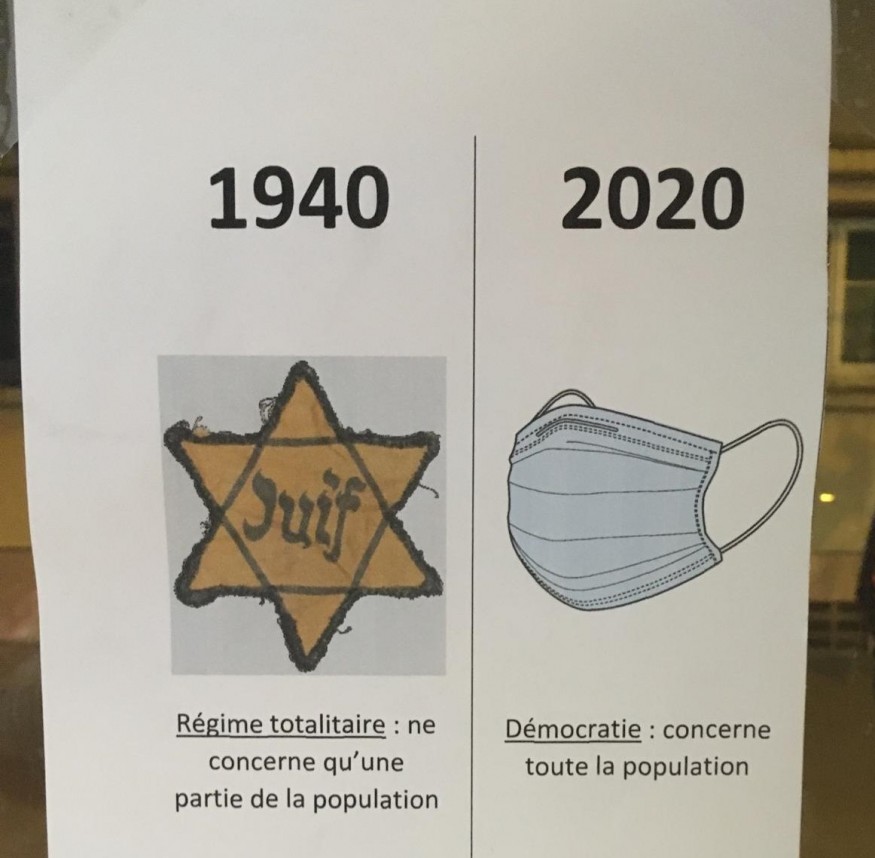
More recently, lawyer Carlo Alberto Brusa, a figure in the Covid-skeptic complosphere, wrote on Facebook, “The health passport is getting closer to the yellow star that brought the people of Israel to the Holocaust!” [2] As for the actress Véronique Genest, she outdid him the next day, claiming not to understand the difference “between forbidden to Jews and forbidden to unvaccinated”[3] …
The victim analogy thrives, as we can see, on a fantastic historical illiteracy. Unlike Holocaust denial, its intention is not to rewrite the history of the crime but to enlist its memory in the service of a cause that is foreign to it. By perching on the heights of horror in this way, one seeks to awaken consciences. In doing so, however, one tramples on the memory that one claims to honor. For by indiscriminately summoning the memory of the Shoah, one simply insinuates that it was not so terrible. This is to contribute to its trivialization. As the American historian Deborah Lipstadt reminds us, the relativization of Nazi crimes is “a fundamental component of Holocaust denial”[4]. By instrumentalizing the yellow star to make it a symbol available and at the service of all sorts of causes, one does not so much strengthen the cause one is defending as one lends a hand to Holocaust deniers[5].
Rudy Reichstadt
Notes
| 1 | Alain Besançon, Le Malheur du siècle. Communisme, nazisme, Shoah [1998], ed. Perrin, 2005, p. 95 |
| 2 | Facebook, February 26 2021. |
| 3 | Twitter, February 27 2021 |
| 4 | Deborah Lipstadt, Denying the Holocaust: the growing assault on truth and memory, New York & Toronto, Free Press-Maxwell Macmillan, 1993. |
| 5 | Thus, a “hard-core” negationism is now sometimes contrasted with a “soft-core” negationism |
